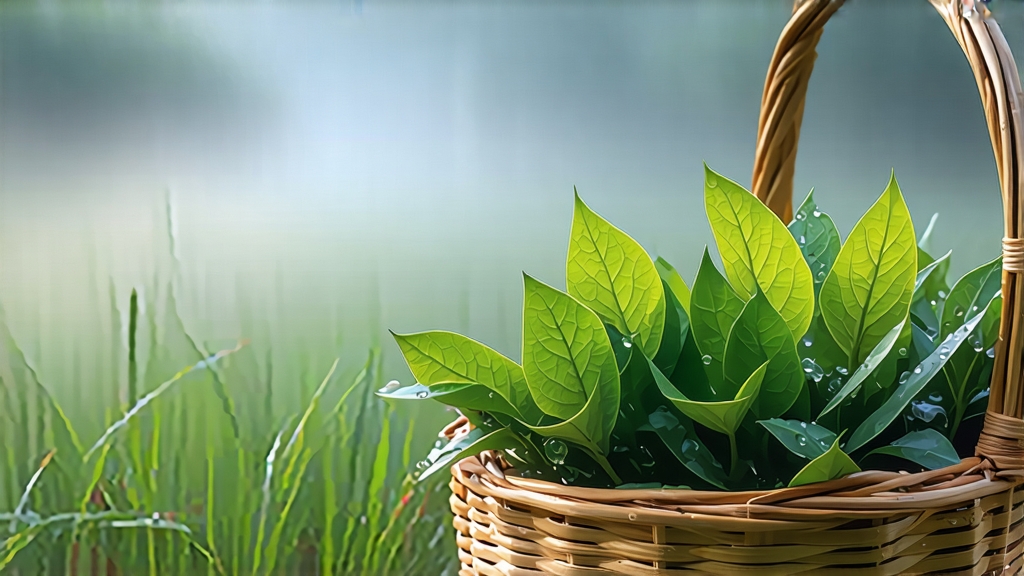
Longjing, literally “Dragon-Well,” is more than a green tea; it is a liquid manuscript of Chinese aesthetics, geography, and patience. To the uninitiated it may appear as just another flat, jade-colored leaf, yet once the hot water descends the leaves unfurl like miniature banners announcing 1,500 years of recorded history. The story begins in Hangzhou’s West Lake district during the Eastern Jin dynasty (317-420 CE), when, legend claims, a dragon living in a spring near Fengqi Mountain blessed the surrounding wells with perpetual clarity. Monks from the nearby Yongfu Temple noticed that tea grown on the rocky terraces above this spring tasted unusually sweet and fragrant; they named it after the well to honor the dragon’s gift. By the Tang dynasty the tea had entered court tribute lists, and the Qing emperor Qianlong so adored it that he designated eighteen bushes in front of the Hugong Temple as imperial property; those same bushes still survive, fenced but leafy, a living monument to gustatory diplomacy.
Geography is destiny for Longjing. The micro-climate of West Lake—mist rolling off the water, temperature moderated by the lake, acidic well-drained shale soil—creates a natural shading that slows photosynthesis, building amino acids responsible for sweetness while suppressing catechins that cause bitterness. Within the narrow 168 km² officially recognized as West Lake Longjing origin, four sub-districts command cult status: Shi-feng (Lion Peak), Mei-jia-wu, Weng-jia-shan, and Hu-pao (Tiger-Running Spring). Among them Shi-feng is the Château Lafite of Longjing; grown at 300–500 m on southwest-facing slopes, the leaves acquire a distinctive “orchid-peach” note because wild peach trees intercrop the terraces, their roots exchanging microbes with the tea bushes. A single kilogram of hand-picked, pre-Qingming (before 5 April) Shi-feng Longjing requires 72,000 buds and retails for more than 2,000 USD, yet supply never satisfies demand because the entire annual yield is under 5,000 kg.
Botanically, Longjing is almost exclusively cultivated from the Longjing #43 cultivar, a clonal selection released in 1972 that sprouts 7–10 days earlier than the traditional qunti (heirloom) bush, yielding a more uniform emerald color and elegant sword-shaped leaf. Purists debate whether #43’s brighter cup sacrifices the heirloom’s bean-like depth, but its frost resistance and controlled tannins have made it the dominant plant in the region. Farmers who still tend qunti bushes—gnarled, shallow-rooted, and insect-prone—market their tea as “laoshu” (old-tree) Longjing, fetching 30 % premiums for its supposedly more complex aftertaste reminiscent of fava bean and wet limestone.
The transformation from bud to brew is a choreography of heat, pressure, and timing. Picking begins when the dawn dew still weighs down the two-leaf-and-a-bud sets; experienced pluckers fill their bamboo creels in 45 minutes, careful not to crush the fragile tips. Once back in the shed, the leaves are spread 2 cm thick on bamboo trays for 4–6 hours of withering, just enough to reduce surface moisture without enzymatic oxidation. The critical act is pan-firing in a bare cast-iron wok heated to 80 °C, a technique unique among Chinese greens. The master—usually a woman whose hands have been toughened by decades of 200 °C contact—uses ten distinct hand motions: “grasp, shake, rub, throw, fan, press, push, buckle, grind, and straighten.” Within 12 minutes the leaf loses 30 % of its water, the cell walls rupture to release aromatic precursors, and the blade is pressed against the wok’s wall to acquire the signature flat, smooth, spear shape. The temperature is then dropped to 60 °C for a second 15-minute firing, followed by a final 5-minute “back-off” at 50 °C. Total processing time from pluck to finished tea is less than 24 hours, yet the margin for error is measured in seconds; overheating produces a yellow, rice-smoky cup, while under-firing leaves a grassy, astringent edge.
To brew Longjing respectfully one needs transparency: a tall cylindrical glass or white porcelain gaiwan so the ballet of leaves can be observed. Begin by conditioning the vessel with 85 °C water